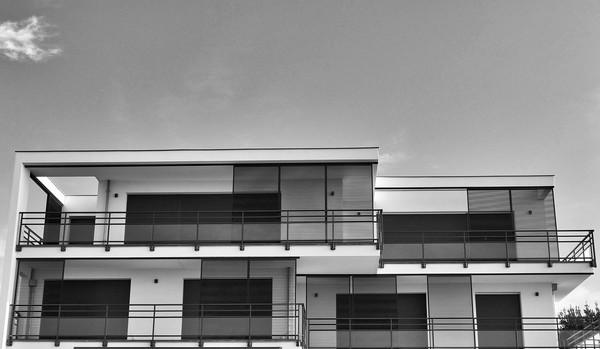Flat roofs are popular in both residential and commercial buildings. They offer a sleek look and space for utilities. However, choosing the right materials for your flat roof is essential for long-term durability, energy efficiency, and low maintenance. This post is a guide on how you can choose the right materials for your flat roof, understanding the challenges of flat roofs, evaluating your budget and lifespan needs, and more.
Understand the Challenges of Flat Roofs
Flat roofs are not entirely flat. They have a slight slope to help water drain. However, they are more prone to water pooling than pitched roofs. This makes it important to select a material that resists moisture and can handle long-term exposure to the elements.
Evaluate Your Budget and Lifespan Needs
Roofing materials vary widely in cost. Some offer long-term savings by lasting longer and requiring less maintenance. If you are working with a tight budget, weigh the initial installation cost against long-term value. Some materials last 10 years, while others can exceed 25 years with proper care.
Consider Energy Efficiency
Energy-efficient materials can help reduce indoor cooling costs. Reflective surfaces help deflect sunlight and reduce heat absorption. This is especially helpful for homes in warm climates. When choosing your roofing materials, check for Energy Star ratings or built-in insulation features.
Review the Maintenance Requirements
Flat roofs need regular inspections and maintenance. Some materials need more attention than others. For example, built-up roofing may require periodic sealing or recoating. Choosing a low-maintenance option can save time and money over the years. It’s best to ask your contractor about maintenance schedules before making a decision.
Explore the Most Common Flat Roofing Materials
There are several materials commonly used on flat roofs. Each has unique advantages and drawbacks. Below is a breakdown of the most popular choices.
Built-Up Roofing (BUR)
This traditional option uses layers of tar, felt, and gravel. It’s affordable and offers good waterproofing. However, it’s heavy and messy to install. It also doesn’t reflect sunlight well, which can raise energy bills.
Modified Bitumen
This is a modern version of BUR. It comes in rolls and is easier to install. It offers decent durability and is suitable for small flat roofs. However, it may crack over time and isn’t the most eco-friendly option.
EPDM Rubber Roofing
Ethylene Propylene Diene Monomer (EPDM) is a rubber-like material. It’s lightweight, flexible, and easy to install. It resists UV rays and performs well in most climates. However, it’s typically black, which can absorb heat unless a reflective coating is added.
PVC Roofing
PVC is a durable plastic roofing membrane. It’s known for resisting fire, chemicals, and punctures. It also reflects sunlight well, making it energy efficient. It’s more expensive than some other options but offers excellent performance.
Thermoplastic Polyolefin (TPO)
This is a newer and popular flat roofing option. The thermoplastic polyolefin roofing is lightweight, cost-effective, and energy-efficient. It comes in light colors, which reflect heat. It also resists UV rays, mold, and dirt. TPO is a great option for homeowners looking for value and performance.
Check Local Building Codes and Climate Conditions
Some areas have strict roofing codes based on climate or environmental concerns. Make sure to check with your local building department. Certain materials may not be allowed or may need specific installation methods. Climate also plays a role. Some roofing materials do better in hot, dry areas, while others are made to withstand snow and ice.
Think About Installation Time and Disruption
Some materials are quicker and cleaner to install than others. For example, a rolled roof can be done in a day. Built-up roofing may take several days and require heavy machinery. If you’re living in the home during installation, consider the noise, mess, and time involved.
Hire a Qualified Roofing Contractor
No matter what materials you choose, proper installation is key. Poor installation can lead to leaks, damage, and costly repairs. Hire a licensed and experienced roofing contractor who is familiar with flat roof systems. Ask for references and review their previous projects.
Compare Warranties and Product Guarantees
Warranties can vary by manufacturer and installer. A strong warranty can offer peace of mind and protection. Make sure to understand what is covered, how long it lasts, and any maintenance conditions required to keep the warranty valid.
Endnote
Choosing the right flat roof materials requires research, budget planning, and a clear understanding of your needs. Focus on durability, energy savings, and maintenance. Talk to a roofing expert before making a final decision. The right material can protect your home and improve its value for many years to come.

